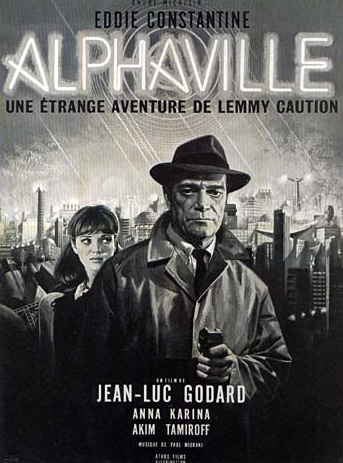The context for learning, education and the arts (4)
 Tuesday, June 20, 2006 at 1:56AM
Tuesday, June 20, 2006 at 1:56AM (This entry is in five parts) One, Two, Three, Four, Five)
So why explore the intersections of human thought and computer programming? My tentative answer would be that we have not understood the breadth and depth of the relationships that we develop with machines. Human culture is defined by its on-going struggle with tools and implements, continuously finding ways of improving both the functionality of technology and its potential integration into everyday life. Computer programming may well be one of the most sophisticated artificial languages which our culture has ever constructed, but this does not mean that we have lost control of the process.
The problem is that we don’t recognize the symbiosis, the synergistic entanglement of subjectivity and machine, or if we do, it is through the lens of otherness as if our culture is neither the progenitor nor really in control of its own inventions. These questions have been explored in great detail by Bruno Latour and I would reference his articles in “Common Knowledge as well as his most recent book entitled, Aramis or The Love of Technology. There are further and even more complex entanglements here related to our views of science and invention, creativity and nature. Suffice to say, that there could be no greater simplification than the one which claims that we have become the machine or that machines are extensions of our bodies and our identities. The struggle to understand identity involves all aspects of experience and it is precisely the complexity of that struggle, its very unpredictability, which keeps our culture producing ever more complex technologies and which keeps the questions about technology so much in the forefront of everyday life.
It is useful to know that the within the field of artificial intelligence (AI) there are divisions between researchers who are trying to build large databases of “common sense in an effort to create programming that will anticipate human action, behaviour and responses to a variety of complex situations and researchers who are known as computational phenomenologists . “Pivotal to the computational phenomenologists position has been their understanding of common sense as a negotiated process as opposed to a huge database of facts, rules or schemata."(Warren Sack)
So even within the field of AI itself there is little agreement as to how the mind works, or how body and mind are parts of a more complex, holistic process which may not have a finite systemic character. The desire however to create the technology for artificial intelligence is rooted in generalized views of human intelligence, generalizations which don’t pivot on culturally specific questions of ethnicity, class or gender. The assumption that the creation of technology is not constrained by the boundaries of cultural difference is a major problem since it proposes a neutral register for the user as well. I must stress that these problems are endemic to discussions of the history of technology. Part of the reason for this is that machines are viewed not so much as mediators, but as tools — not as integral parts of human experience, but as artifacts whose status as objects enframes their potential use.
Computers, though, play a role in their use. They are not simply instruments because so much has in fact been done to them in order to provide them with the power to act their role. What we more likely have here are hybrids, a term coined by Bruno Latour to describe the complexity of interaction and use that is generated by machine-human relationships.
Another way of understanding this debate is to dig even more deeply into our assumptions about computer programming. I will briefly deal with this area before moving on to an explanation of why these arguments are crucial for educators as well as artists and for the creators and users of technology.
Generally, we think of computer programs as codes with rules that produce certain results and practices. Thus, the word processing program I am presently using has been built to ensure that I can use it to create sentences and paragraphs, to in other words write. The program has a wide array of functions that can recognize errors of spelling and grammar, create lists and draw objects. But, we do have to ask ourselves whether the program was designed to have an impact on my writing style. Programmers would claim that they have simply coded in as many of the characteristics of grammar as they could without overwhelming the functioning of the program itself. They would also claim that the program does not set limits to the infinite number of sentences that can be created by writers.
However, the situation is more complex than this and is also subject to many more constraints than initially seems to be the case. For example, we have to draw distinctions between programs and what Brian Cantwell Smith describes as “process or computation to which that program gives rise upon being executed and [the] often external domain or subject matter that the computation is about. (Smith, On the Origin of Objects, Cambridge: MIT Press, 1998: 33) The key point here is that program and process are not static, but are dynamic, if not contingent. Thus we can describe the word processor as part of a continuum leading from computation to language to expression to communication to interpretation. Even this does not address the complexity of relations among all of these processes and the various levels of meaning within each.
To be continued........



